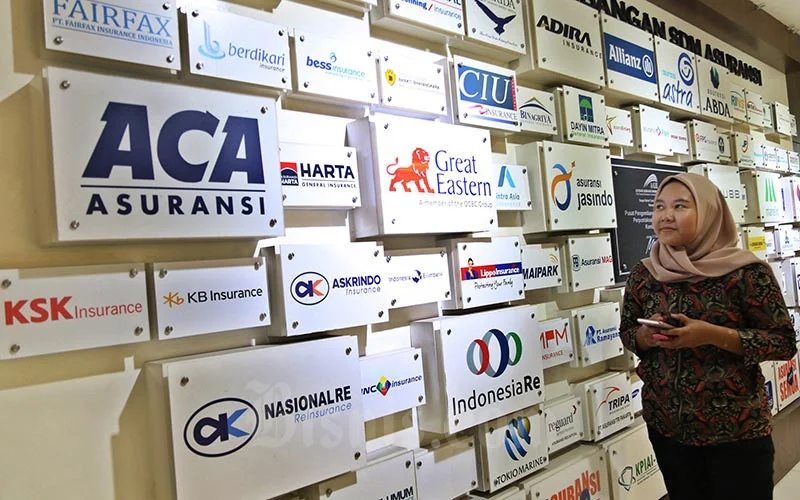In recent years, the suretyship industry has faced significant challenges, primarily due to a downturn in construction and infrastructure projects. This decline has led to reduced demand for surety bonds, impacting the overall performance of suretyship businesses. According to the Indonesian General Insurance Association (AAUI), suretyship insurance premiums decreased by 5.8% to IDR 1.6 trillion in 2024, attributed to a slowdown in infrastructure and construction projects.
Understanding Suretyship and Its Role in Construction
Suretyship involves a contractual agreement where a surety guarantees the performance of a principal to a third party, typically in construction projects. Surety bonds are crucial in ensuring project completion and financial security for project owners. However, the suretyship industry is susceptible to various factors that can lead to losses, including poor financial management, inadequate cash flow, overextension, and internal system deficiencies.
Factors Contributing to the Decline in Suretyship Business
Economic Slowdown and Reduced Infrastructure Projects
The global economic slowdown has led to a decrease in government and private sector investments in infrastructure projects. This reduction results in fewer opportunities for contractors, subsequently diminishing the demand for surety bonds. The AAUI's report highlights that the decline in suretyship premiums correlates with the slowdown in infrastructure and construction projects.
Financial Instability Among Contractors
Financial instability among contractors poses a significant risk to suretyship businesses. Issues such as poor financial management, underbidding, and unexpected material costs can lead to project delays or abandonment, increasing the likelihood of surety bond claims.
Overextension and Resource Management
Contractors taking on more projects than they can handle often face performance declines, leading to project failures and surety bond losses. Overextension can strain resources and personnel, resulting in subpar project execution.
Strategies to Mitigate Suretyship Business Decline
Enhancing Contractor Financial Management
Improving financial management practices among contractors can reduce the risk of project failures. Proper budgeting, accurate cost estimation, and effective cash flow management are essential components. Surety companies can play a role by offering guidance and support to contractors in developing robust financial strategies.
Selective Project Engagement
Contractors should assess their capacity and resources before committing to new projects. By avoiding overextension, they can maintain project quality and reduce the risk of defaults. Surety companies can assist by evaluating contractors' workloads and advising on optimal project engagement levels.
Strengthening Internal Systems and Controls
Implementing robust internal systems and controls can help contractors identify and address potential issues before they escalate. Regular audits, risk assessments, and compliance checks are vital in maintaining project integrity and financial stability.
The Future Outlook of Suretyship Business
The suretyship industry's future depends on economic recovery and the resurgence of infrastructure projects. Government initiatives aimed at stimulating economic growth through infrastructure development could revitalize the demand for surety bonds. Additionally, adopting technological advancements and innovative risk assessment methods can enhance the resilience of suretyship businesses.
Conclusion
The decline in suretyship business is closely linked to reduced project opportunities, economic challenges, and contractor financial instability. Addressing these issues requires a collaborative effort between surety companies and contractors to implement effective financial management, strategic project engagement, and robust internal controls. By doing so, the industry can navigate current challenges and position itself for future growth as economic conditions improve.
Read More






 Monday, 01-12-25
Monday, 01-12-25







